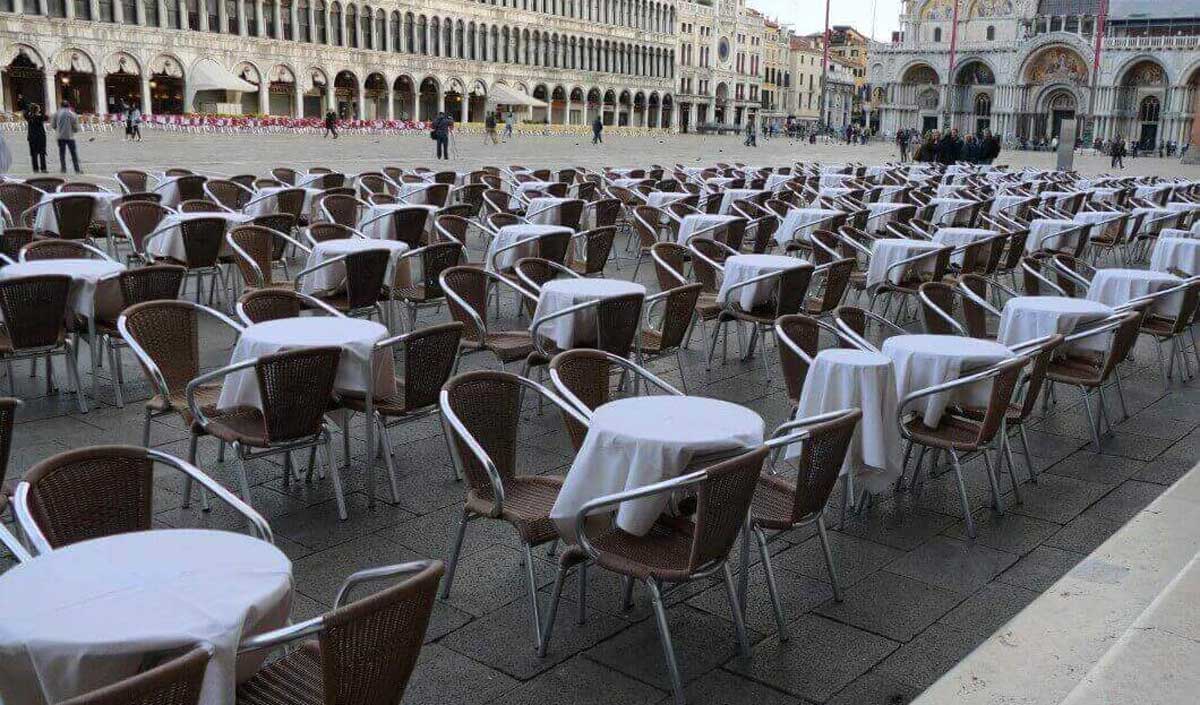Italian tourism has been in a very difficult situation since the start of the Covid-19 pandemic two years ago, with many expecting a recovery in 2022 with high hopes. However, the illusion of recovery did not last long. The war in Ukraine, as well as inflation and rising gas prices, immediately spoiled the mood of both market operators and their customers. The country’s authorities do not recommend citizens to make “non-essential” expenses, such as weekend trips by car.
Another inexpressive Easter
In 2021, Italy’s tourism sector lost an incredible 60 million arrivals. Moreover, compared to 2019, 22 million fewer Italians traveled abroad. A picture that only confirms the crisis in which the sector is still immersed and from which there seems to be no way out.
About 8 million Italians want to travel over Easter, according to Confcommercio, but only 4 million of them have already booked a trip and booked hotels. This is a clear sign that uncertainty reigns in society.
However, even those who want to travel are sending little hopeful signals. Travel options make it clear how critical the situation is: short and short trips within the region of residence, one night stay and spending about 200 euros per person on an all-inclusive basis. Moreover, 20% of vacationers say they expect to spend 10-25% less than they did in the pre-pandemic period.
Vacations at second homes or friends’ homes are also on the rise. About half of travelers will use them, compared to 40% in 2019.
As implied, everything related to free time is affected. According to the data, 68% of Italians have already changed their spending habits on entertainment, and another 12% will be forced to do so in the near future. The same can be said about restaurants and pizzerias (66% have already started spending less, 14% plan to reduce spending in the near future).
Milan and Rome in crisis
Rome and Milan, Italy’s two capitals, are likely to suffer the most. The pandemic has devastated historic centers. The hotel and restaurant sectors, which have wanted to restart in 2022, are not seeing significant improvements.
In Milan, only 20% of available rooms are booked for the Easter period. This is a significant drop from 75% in the same period three years ago.
In Rome, the situation is similar: the number of bookings has decreased by 50% compared to 2019. At the same time, 250 out of 1,500 hotels remain closed in the Italian capital, further paralyzing the industry.
The overall picture for Italian tourism, as for the two most popular cities, is rather bleak. First Covid-19, now the Ukrainian war associated with rising gas prices and inflation. This has paralyzed the sector and it is difficult to predict any future development at the moment.

